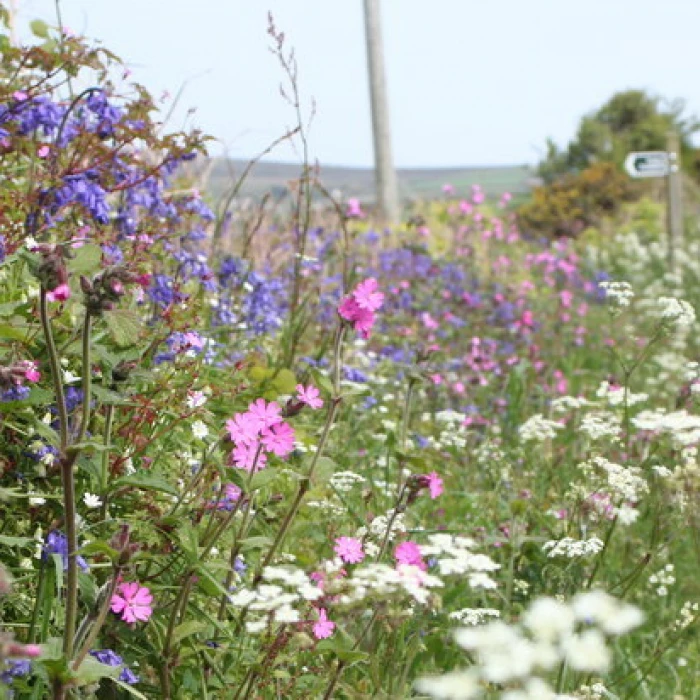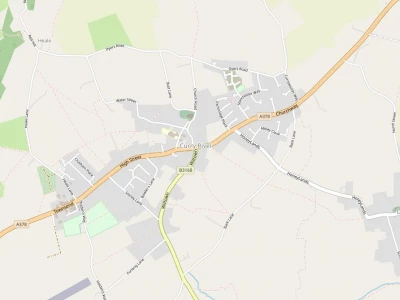Double Digging – Growing Your Own – October 2017
Perhaps the biggest horticultural project in the village this Spring and Summer has been the work for Curry Rivel in Bloom, and it is early this month that we will know what the judges thought of our efforts.Do come along to the public meeting in the Village hall on the 9th October to hear all about it and discuss whether we take part in the competition again next year.
However, we are now in Autumn and in many ways October is the start of the gardening year. We clear away the remains of summer bedding plants and prepare our gardens for the winter ahead, while planning for next year by ordering seeds, repairing lawns and laying turf, preparing asparagus beds for spring planting, pruning climbing roses and fruit canes and digging over and improving unused vegetable plots . There may be some daffodils still to plant and now, as the soil cools and the danger of fungal infection becomes less, is the right time to plant tulips. Non-hardy plants need to be protected from frosts and keep an eye on dead leaves in ponds – cover your pond with netting to keep them out if possible.
Lots of harvesting to do – pumpkins, squashes (they have gone mad this year- ours is growing everywhere!), potatoes, carrots, beetroot, onions, possibly some remaining beans, tomatoes (remove leaves to expose unripe fruit). Many herbs can be picked and stored this month. Pick fruit as it ripens, lift and divide rhubarb crowns and protect very small figs from frost by covering with netting bags filled with straw – the nets round supermarket oranges work well. We pot up strawberry runners in October, ready for planting out in the Spring.
Perhaps the most vital preparation for next year is the adding of organic matter to the soil to improve its texture. Our clay soil in Curry Rivel really needs this to be done very regularly. If you have a supply of well- rotted horse or cow manure that is ideal stuff to dig in, but it is also possible to recycle all the plant matter generated by cutting and pruning to make your own compost , which works very well too. To read some books you would think making compost is a real art, but in actual fact we find we get very satisfactory results without much fuss. All grass cuttings and plant material ( anything woody being cut into small pieces), together with the contents of the kitchen compost bin (only plant material in here, please dispose of meaty leftovers separately) should be piled together in a compost heap or bin This needs to be situated somewhere where it will get rained on. Aerobic fermentation gets under way – as the name suggests, it needs air, so the material shouldn't be compressed. As time goes on and the material settles and gets colder it becomes anaerobic, and if left, will start to smell, as anaerobic fermentation doesn't break it down as fully as aerobic and the intermediates are smelly. The wisdom is to turn it again at this point to introduce air and restart aerobic fermentation, repeating this as necessary until the material has broken down fully. – but who has time for that these days? So, just dig the material in at this point, or if you haven't time now for that, use it as a mulch on top of the soil over winter and dig it in later. Whichever way you do it, this organic matter adds body and texture to the soil and we are amazed at the change in the soil in our vegetable garden since we developed it eight years ago in an area that was previously grass. Curry clay has become Lovely loam!
Sylvia and Peter Goodenough
Get In Touch
CurryRivelOnline is powered by our active community.
Please send us your news and views.
Email: editor@curryrivel.org.uk






